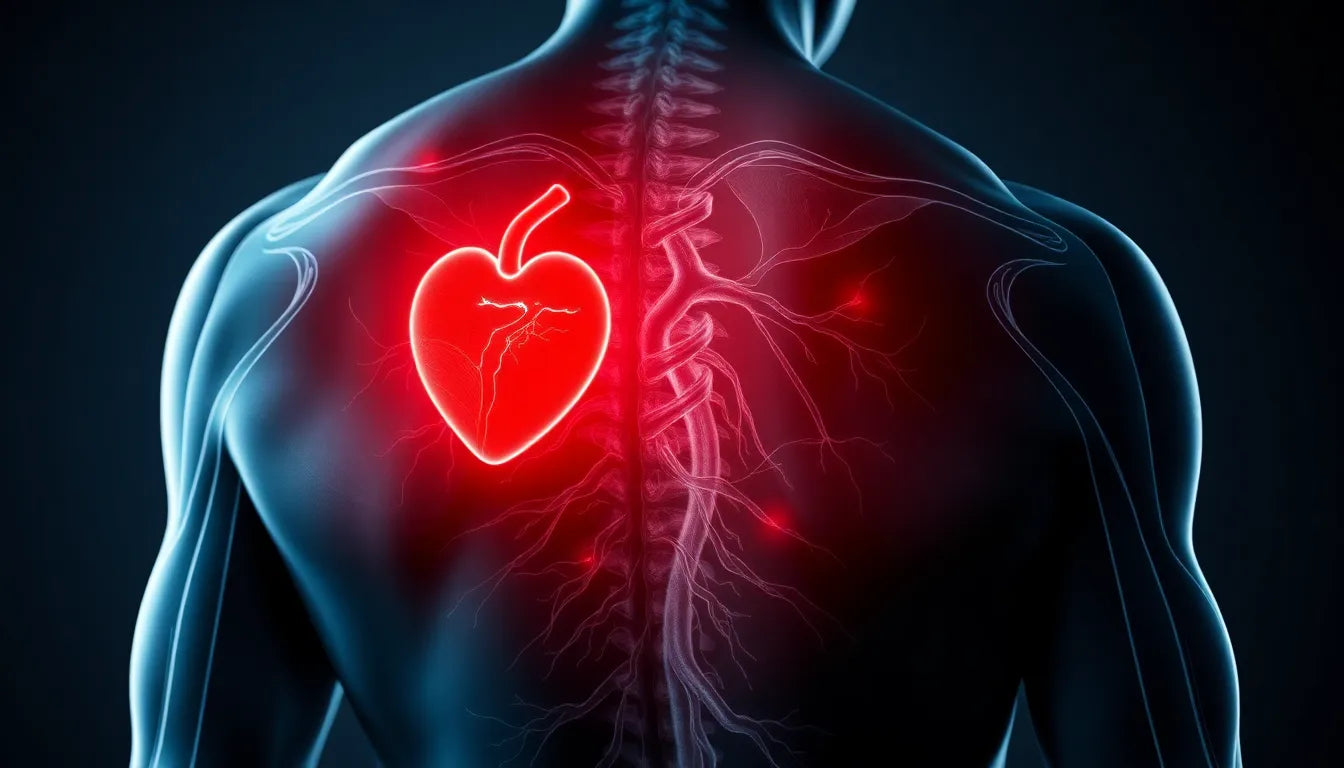Imagine this: you're going about your day, bending down to pick something up, when suddenly a sharp pain shoots through your lower back. It's a scenario many of us are all too familiar with. Lower back pain, especially when bending forward, is a common issue that can range from a minor inconvenience to a debilitating condition that affects your ability to move freely and enjoy life.
Lower back pain when bending, often referred to as "ondt i lænden når jeg bukker mig," is not just a fleeting discomfort. It can significantly impact your daily activities, making tasks like tying your shoes or picking up your child a painful ordeal. This type of pain can be caused by various factors, from muscle imbalances and poor posture to more serious conditions like a herniated disc or lumbago. Understanding the root cause of the pain is crucial for effective management and relief.
The prevalence of this issue is widespread, affecting people of all ages and lifestyles. Whether it's a result of a sedentary job, an active lifestyle, or an unexpected twist or lift, lower back pain can strike at any time. The discomfort can be persistent, making it difficult to focus on work, enjoy hobbies, or even get a good night's sleep.
Understanding the problem
Lower back pain when bending is not just a physical nuisance; it can also take a toll on your mental well-being. The constant discomfort and fear of aggravating the pain can lead to anxiety and stress, further exacerbating the problem. It's important to address this issue holistically, considering both physical and psychological factors.
This blog post aims to provide you with comprehensive information about the causes, symptoms, and management strategies for lower back pain when bending. By understanding the underlying causes, you can take proactive steps to alleviate the pain and improve your quality of life. We'll explore insights from leading health sources and introduce ergonomic solutions that can help you find relief.
Stay tuned as we delve deeper into the medical causes of lower back pain, including conditions like herniated discs and muscle imbalances. We'll also discuss other contributing factors, such as lumbago and inappropriate sleeping surfaces, and provide practical tips for self-management and prevention. With the right knowledge and tools, you can take control of your lower back pain and get back to enjoying life without limitations.
medical causes of lower back pain when bending
Understanding the medical underpinnings of lower back pain when bending forward is essential for effective management and relief. One of the most common causes is a diskusprolaps, or herniated disc. This condition occurs when the soft core of a spinal disc pushes out through a crack in the tougher exterior casing. This protrusion can irritate nearby nerves, leading to a range of symptoms.
diskusprolaps symptoms
The symptoms of a herniated disc can vary, but typically include sharp pain and discomfort that can radiate down the legs. This is often accompanied by sensory disturbances such as tingling or numbness, and a reduction in muscle strength. These symptoms are particularly noticeable when bending forward, as this movement can exacerbate the pressure on the affected disc and nerves.
To better understand the differences between a herniated disc and other back issues, consider the following comparison:
| Condition | Symptoms |
|---|---|
| Diskusprolaps | Sharp pain, radiating leg pain, numbness, reduced muscle strength |
| Muscle Strain | Localized soreness, stiffness, pain with movement |
muscle and connective tissue imbalance
Another significant contributor to lower back pain is an imbalance in the muscle and connective tissues. When muscles do not function properly, it can lead to uneven loading on the spine, making movements like bending forward painful. This imbalance often results in constant soreness and stiffness, with pain that is aggravated by certain movements or prolonged postures.
other contributing factors to lower back pain
Beyond medical conditions, several other factors can contribute to lower back pain. One such factor is lændehold, also known as lumbago. This condition is characterized by acute lower back pain that often follows a sudden twist or lift. The pain can radiate to the buttocks and thighs, significantly restricting movement.
additional triggers
Interestingly, constipation is another factor that can exacerbate lower back pain. The pressure from a full bowel can increase tension in the lower back region, leading to discomfort. Additionally, inappropriate sleeping surfaces, such as a mattress that is too soft or too hard, can contribute to pain by failing to provide adequate support to the spine during rest.
red flags: when to seek medical help
While many instances of lower back pain can be managed with self-care, certain symptoms should prompt immediate medical evaluation. Red flags include pain that radiates below the knee, worsens with coughing or sneezing, or is accompanied by sensory disturbances. Additionally, bladder or bowel issues, or significant changes in weight or fever, should be addressed by a healthcare professional.
Recognizing these warning signs is crucial, as they can indicate more serious underlying conditions that require prompt attention. By understanding the causes and symptoms of lower back pain, you can make informed decisions about when to seek professional help and how to manage your condition effectively.
In the next section, we will explore practical self-management strategies and ergonomic solutions that can help alleviate lower back pain and improve your quality of life. Stay tuned to learn more about how you can take control of your pain and regain your mobility and comfort.
self-management and ergonomic solutions for lower back pain
Managing lower back pain effectively involves a combination of self-care strategies and ergonomic solutions. By understanding the importance of posture, regular movement, and the use of supportive aids, individuals can significantly reduce discomfort and improve their quality of life.
posture and movement
Maintaining proper posture is crucial in preventing and alleviating lower back pain. When sitting or standing, ensure that your back is straight, shoulders are relaxed, and your feet are flat on the ground. Regularly taking breaks to move and stretch can prevent stiffness and reduce strain on the back muscles. When lifting objects, use your legs rather than your back to avoid unnecessary pressure on the spine.

Lumbar support belt
Provides lower back support and relief with adjustable compression for daily comfort.
exercises and stretches
Incorporating specific exercises and stretches into your routine can strengthen the muscles supporting your lower back, enhancing flexibility and reducing pain. Activities such as gentle yoga, Pilates, and core-strengthening exercises are beneficial. However, it's essential to avoid high-impact activities that may exacerbate the pain and consult a physiotherapist for personalized guidance.
ergonomic aids
Ergonomic aids, like those offered by Anodyne, play a vital role in supporting self-management of lower back pain. Products such as ergonomic chairs, lumbar supports, and adjustable desks can help maintain proper posture and reduce strain during daily activities. These aids are designed to align the spine correctly and distribute weight evenly, minimizing the pressure on the lower back.

Men's Posture Shirt™ - Black
Patented NeuroBand™ tech to support posture and reduce back pain; CE-registered medical device.
an empathetic perspective
Living with lower back pain can be challenging, affecting both physical and mental well-being. It's important to acknowledge the fear of movement and sleep disturbances that often accompany this condition. However, with proactive steps and the right support, you can manage the pain effectively. Remember, you're not alone in this journey, and there are solutions available to help you regain control and comfort.
frequently asked questions
what is the most common cause of lower back pain when bending?
The most common causes of lower back pain when bending include muscle imbalances and herniated discs. These conditions can lead to uneven loading on the spine, causing pain and discomfort.
when should I see a doctor for my lower back pain?
It's essential to seek medical attention if you experience symptoms such as pain radiating below the knee, worsening with coughing or sneezing, sensory disturbances, or bladder/bowel issues. These could indicate more serious underlying conditions.
can lifestyle changes really help with lower back pain?
Yes, lifestyle changes can significantly impact managing lower back pain. Improving posture, engaging in regular exercise, and using ergonomic aids can alleviate pain and prevent further issues.
are there any specific exercises I should avoid with lower back pain?
It's advisable to avoid high-impact activities that may strain the lower back. Consulting a physiotherapist for personalized exercise recommendations is beneficial to ensure safe and effective management.
how can ergonomic aids assist in alleviating lower back pain?
Ergonomic aids support posture and reduce strain on the lower back by promoting proper alignment and weight distribution. These tools are effective in managing and preventing pain during daily activities.
Kilder
- Apopro. (n.d.). "Ondt i lænden." Apopro.dk.
- Medicin.dk. (n.d.). "Lændesmerter." Min.medicin.dk.
- Smertefys. (n.d.). "Ondt i lænden." Smertefys.nu.
- Rigshospitalet. (n.d.). "Fakta om ryggen og rygsmerter." Rigshospitalet.dk.
- Gigtforeningen. (n.d.). "Symptomer ved diskusprolaps." Gigtforeningen.dk.
- Bispebjerg Hospital. (n.d.). "Discusprolaps i lænden." Bispebjerg Hospital.dk.


















